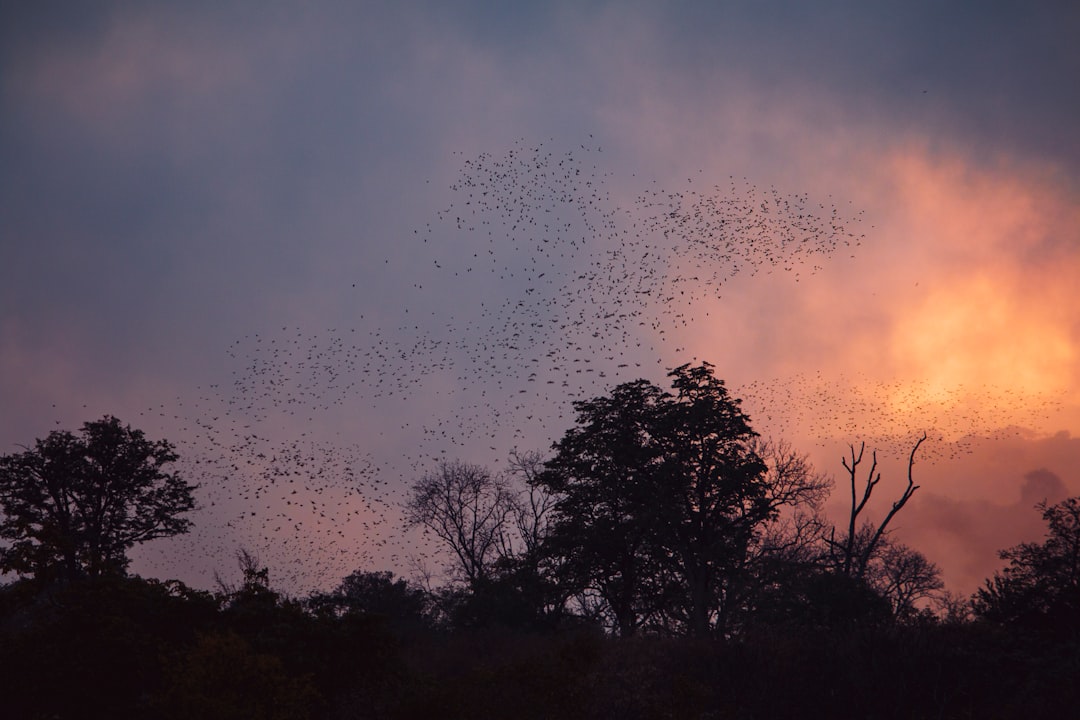Why Zimbabwe is a Compelling Choice for Digital Nomads
While Zimbabwe may not have a specific digital nomad visa (yet), its unique characteristics make it an intriguing base for location-independent entrepreneurs and remote workers looking for a truly off-the-beaten-path experience.
The Practical Stuff: Currency, Language, and Daily Life
Currency: The primary currency in use is the United States Dollar (USD). This simplifies budgeting and transactions immensely, as you won't need to constantly deal with exchange rates for daily expenses.
Language: English is an official language and is widely spoken, even in rural areas. This makes navigation, communication, and business easy to conduct without a language barrier. Shona and Ndebele are also commonly used.
Food & Shopping: Prepare for an authentic local experience. The national dish is Sadza, a cornmeal paste served with stews, meats, and vegetables, available everywhere. While you'll find fast-food chains like Nandos in cities, don't expect to see McDonald's or Zara. This lack of international commercialization is part of its charm, offering a deeper cultural immersion.
People: Zimbabweans are renowned for being incredibly warm, friendly, and welcoming to visitors.
Top 10 Attractions for Your Zimbabwe Adventure
From weekend escapes from Harare to epic cross-country journeys, these are the must-see sights that make Zimbabwe unforgettable.
1. Harare: The Vibrant Capital City
As the country's most populous city, Harare is a surprisingly lush and refreshing hub. Explore its botanical gardens, browse local craft markets, and visit the National Gallery of Zimbabwe to see incredible African art. It's the perfect place to land and get your bearings.
Price: National Gallery entry is $2-$10.
Best Time to Visit: May to September for cooler, less humid weather.
2. Victoria Falls: The Smoke That Thunders
An essential pilgrimage. As one of the Seven Natural Wonders of the World, the sheer scale and power of Victoria Falls are awe-inspiring. Located on the Zambezi River, it's a non-negotiable part of any trip.
Price: $30 per person for international tourists.
Best Time to Visit: March to May when the falls are at their fullest.
Tip: You will get drenched. A poncho is highly recommended!
3. Matobo Hills: A Rock Lover’s Paradise
This UNESCO World Heritage Site is a surreal landscape of balancing rock formations (kopjes), ancient cave paintings, and a critical rhino conservation area. It's an incredible spot for hiking and connecting with ancient history.
Price: $15 for international visitors.
Best Time to Visit: May to October for pleasant hiking weather.
4. Lake Kariba: Africa’s Largest Man-Made Lake
If you're looking for a serene escape, Lake Kariba is it. Known for spectacular sunsets, fantastic fishing, and boating, it’s a place to unwind and enjoy the vast, tranquil scenery. Just be mindful of the crocodiles!
Price: Park entry is $10-$15; boat rentals vary.
Best Time to Visit: August to November for the best game viewing.
5. Arcadia Dam: A Hidden Gem
Located about 100 km from Harare, this is a local favorite for a weekend day trip. It's a peaceful spot for boating and a picnic. No frills, just pure relaxation.
Price: Free entry.
Best Time to Visit: April to June for cooler temperatures.
6. IMIRE: Rhino and Wildlife Conservation
For an unforgettable wildlife encounter, visit IMIRE. This sanctuary offers a chance to get up close with rhinos and learn about vital conservation efforts. It's a highly recommended experience for any animal lover.
Price: A day visit is around $95 and includes activities.
Best Time to Visit: May to October when wildlife is most active.
7. Mazvikadei Dam: A Quieter Water Adventure
The third-largest dam in Zimbabwe offers a beautiful and quieter alternative to Lake Kariba. It's ideal for camping, fishing, and boating against a stunning backdrop.
Price: Entry fees are $5-$10.
Best Time to Visit: May to August for cool, crisp mornings.
8. Hippo Pools: A Tranquil Safari Spot
Just a couple of hours from Harare, this spot lives up to its name with guaranteed hippo sightings. Stay in a chalet or safari tent and soak in the breathtaking views and peaceful safari atmosphere.
Price: $20 per person for day access.
Best Time to Visit: June to September for prime game viewing.
9. Mana Pools: A Photographer’s Dream
Another UNESCO World Heritage Site, Mana Pools is famous for its ethereal river landscapes and incredible wildlife density. It’s one of the best places in Africa for walking and canoe safaris, offering unparalleled photography opportunities.
Price: $20 for international tourists.
Best Time to Visit: July to October, during the dry season.
10. Great Zimbabwe: Ancient Ruins with a Story
Step back in time at the ruins of this ancient city, the former capital of the Kingdom of Zimbabwe. This massive stone complex is the largest in Sub-Saharan Africa and the source of the country's name. The sense of history here is palpable.
Price: $15 per person for international visitors.
Best Time to Visit: April to August for cooler exploring weather.
Getting Around Zimbabwe: Transport for the Savvy Nomad
Navigating Zimbabwe requires some planning. Here’s the breakdown:
By Air: For long distances, flying is a good option. Low-cost airlines like Fast Jet connect major hubs like Harare, Bulawayo, and Victoria Falls. A one-way flight from Harare to Vic Falls can range from $20 to $120, so book in advance.
By Bus: While cheap, long-distance buses are not recommended. They are often subject to significant delays and can be uncomfortable, detracting from your travel experience.
By Car Rental: This is the best option for freedom and flexibility. Many of the best wildlife and nature sites are off the main roads and require a vehicle. Renting a car allows you to explore at your own pace and access hidden gems that buses and planes can't reach.































